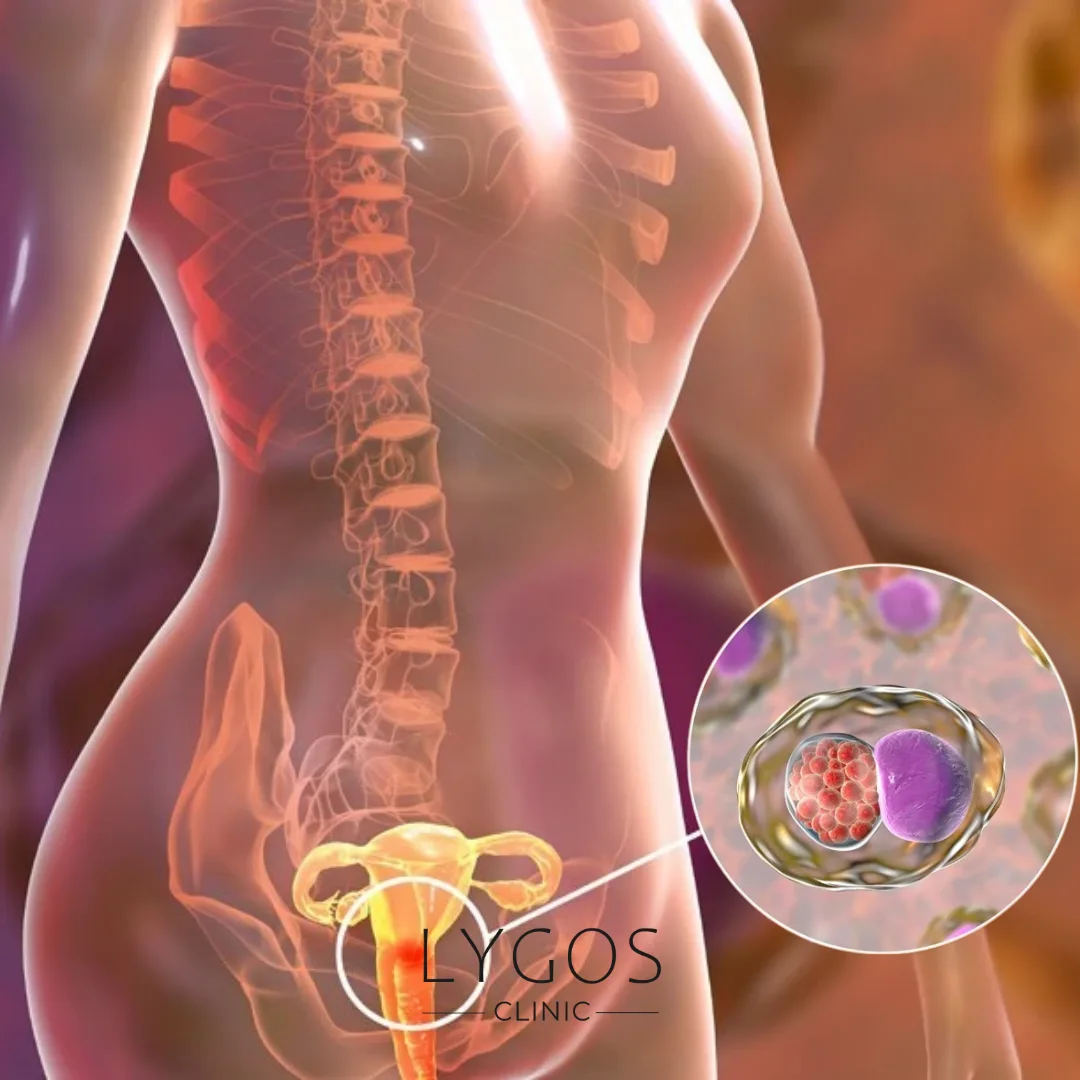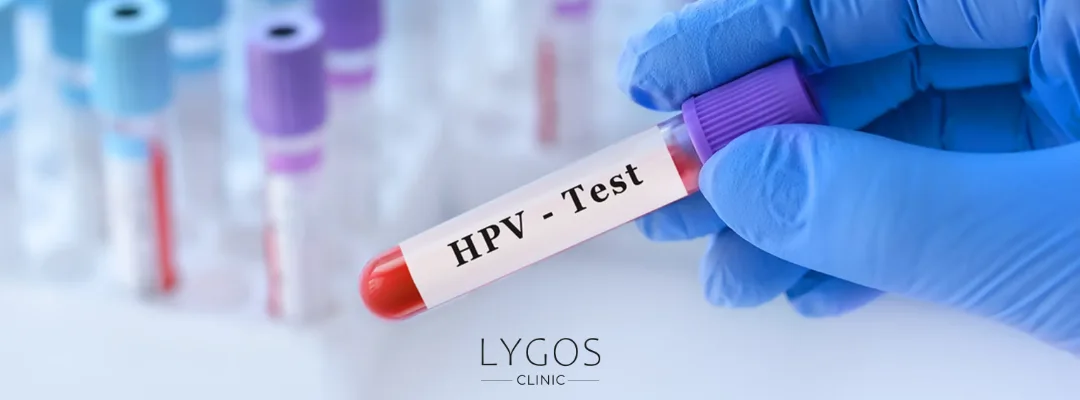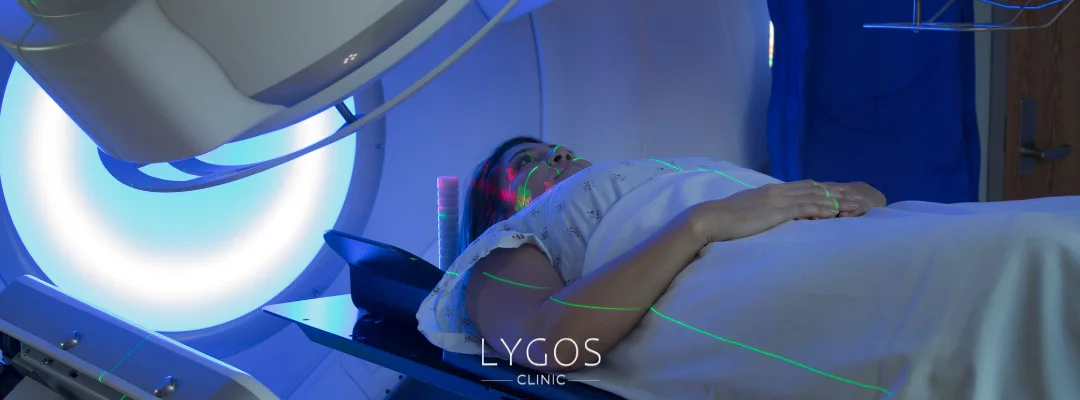HPV and Cervical Cancer | Risk Factors and Symptoms

Chose Your Topic
HPV and Cervical Cancer
Cervical cancer is among the most common types of cancer in women worldwide. One of the major causes of this disease is HPV (Human Papilloma Virus) infection. Understanding HPV and cervical cancer properly, knowing ways to prevent them, and raising awareness for early detection are extremely important. In this article, you can find all the details about HPV and cervical cancer.

What is HPV?
HPV (Human Papilloma Virus) is one of the most common sexually transmitted viruses. There are over 200 types of HPV. Some types are harmless and only cause warts, while others can lead to cancer.
- Low-risk HPV types: Cause genital warts.
- High-risk HPV types: Can lead to cancers of the cervix, vagina, penis, anus, and throat.
HPV often settles in the body without showing any symptoms. Most people do not even realize they are infected because the immune system usually clears the virus on its own. However, in some cases, the virus becomes persistent and can cause cellular changes that may eventually turn into cancer.
What is Cervical Cancer and How Does it Develop?
Cervical cancer is a type of cancer that occurs in the cervix, the lower part of the uterus that opens into the vagina.
The primary cause of this cancer is high-risk HPV types. The virus infects cervical cells and disrupts their structure. Initially, pre-cancerous lesions appear. If these lesions are not detected through regular screening tests, they can develop into cancer over the years.
Cervical cancer progresses slowly, so it can be detected and treated at an early stage with regular Pap smear and HPV tests.
How Does HPV Affect Cervical Cancer?
HPV is the main cause of cervical cancer. Studies show that more than 99% of cervical cancer cases are associated with HPV infection. Particularly, HPV-16 and HPV-18 types are the most risky for cancer development.
The effect of HPV on cervical cancer can be summarized as follows:
- 1. HPV enters the body through sexual contact and settles in cervical cells.
- 2. The immune system often eliminates the virus, but in some people, it becomes persistent.
- 3. Persistent HPV infection causes DNA damage in the cells.
- 4. Over time, these damages can lead to pre-cancerous lesions and eventually cervical cancer.

How is HPV Transmitted and What are the Risk Factors?
The most common way HPV spreads is through sexual contact. Using condoms reduces the risk but does not completely prevent it. HPV can also spread through skin-to-skin contact in the genital area, not just during vaginal or anal intercourse.
- HPV Transmission Routes:
- Vaginal, anal, and oral sexual contact
- Skin-to-skin contact in the genital area
- Rarely, transmission from mother to baby during childbirth
- Risk Factors for HPV and Cervical Cancer:
- Early sexual activity
- Multiple sexual partners
- Unprotected sexual intercourse
- Weakened immune system
- Smoking
- Not having regular Pap smear tests
- Presence of other sexually transmitted infections
These factors increase the likelihood that HPV infection becomes persistent and raises the risk of cancer.
What are the Symptoms of Cervical Cancer?
Cervical cancer usually does not show symptoms in the early stages, making regular gynecological exams critical. As the disease progresses, the following symptoms may appear:
- Vaginal bleeding outside of menstruation or after menopause
- Pain and bleeding during sexual intercourse
- Foul-smelling vaginal discharge
- Pain in the lower back and pelvis
- In advanced stages, swelling in the legs and urinary problems
These symptoms may also be caused by other gynecological conditions. However, if such complaints occur, it is important to see a doctor immediately.

Treatment Methods for HPV and Cervical Cancer
There is no definitive treatment that completely eliminates HPV infection. However, the lesions caused by HPV and cervical cancer can be managed with various treatments.
- HPV Treatment:
- Genital warts can be treated with creams, laser therapy, or minor surgical procedures.
- Strengthening the immune system helps the body clear HPV more easily.
- Cervical Cancer Treatment:
Treatment depends on the stage of the disease:
- 1. Early Stage:
- Conization (removal of cancerous tissue)
- LEEP (Loop Electrosurgical Excision Procedure)
- Laser therapy
- 2. Advanced Stage:
- Hysterectomy (removal of the uterus)
- Radiotherapy
- Chemotherapy
When diagnosed early, the success rate of treatment is very high. Therefore, regular Pap smear and HPV testing are crucial.
HPV is the most important cause of cervical cancer. Globally, millions of women are affected by this disease, but regular screenings and HPV vaccination can largely prevent it. Early diagnosis of cervical cancer dramatically increases treatment success.
Women should maintain regular gynecological check-ups, not neglect the HPV vaccine, and avoid risk factors. This is vital for both personal and public health.
Remember: Early diagnosis saves lives.
HPV and Cervical Cancer Frequently Asked Questions (FAQ)
No. HPV has many types, and the immune system usually clears the virus on its own. However, persistent infection with high-risk HPV types can lead to cervical cancer over the years.
The HPV vaccine is recommended for both girls and boys aged 9–14. Adults up to age 26 can also receive the vaccine. It is most effective when given before sexual activity begins.
Full protection is not possible, but using condoms, maintaining monogamy, getting vaccinated, and having regular health check-ups significantly reduce the risk.
Cervical cancer is most frequently seen in women aged 30–45. However, regular screenings and vaccination can greatly reduce this risk.


